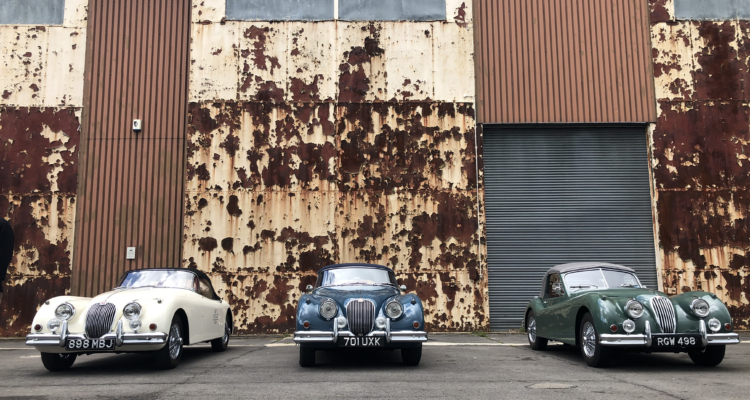Triumph Italia – Automotive Art
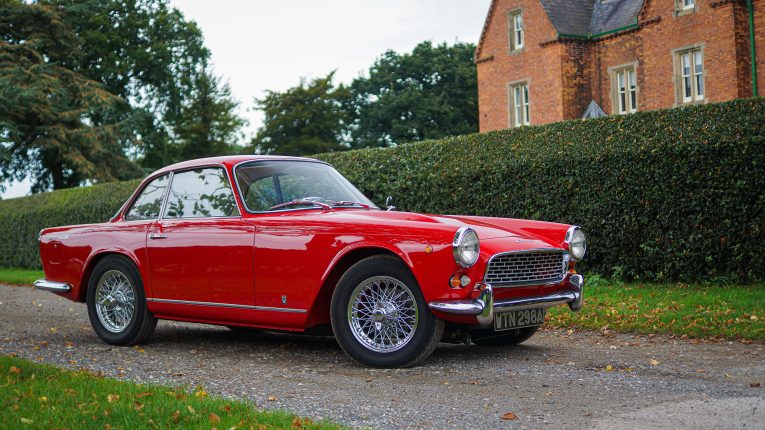
There are few cars as beautiful as the Triumph Italia of the early 1960s, or to give its proper name, the Italia 2000. Perfectly penned, it featured lines so delicate they made spun sugar look rigid, the coupe body was perfectly proportioned, the balance of scale between wheels, doors, overhangs and windows was exquisite. It was, and still is, an utterly beguiling machine, but one that many have never heard of. Only around 329 of these amazing machines were ever built, though of course, the original plan was for the Italia to be a far greater success.
The story starts with Salvatore Ruffino, who was the Italian distributor for Standard-Triumph in Italy. He loved the cars, but he saw great potential within them. The big selling point for the cars, namely the TR3 of the time, was the bulletproof reputation of the mechanicals and the chassis. The TR3 was a car that drove exceptionally well. Ruffino, however, was of the opinion that more could be done with the bodywork. As such, he approached Standard-Triumph with a proposal – he would create a new body for the TR chassis.
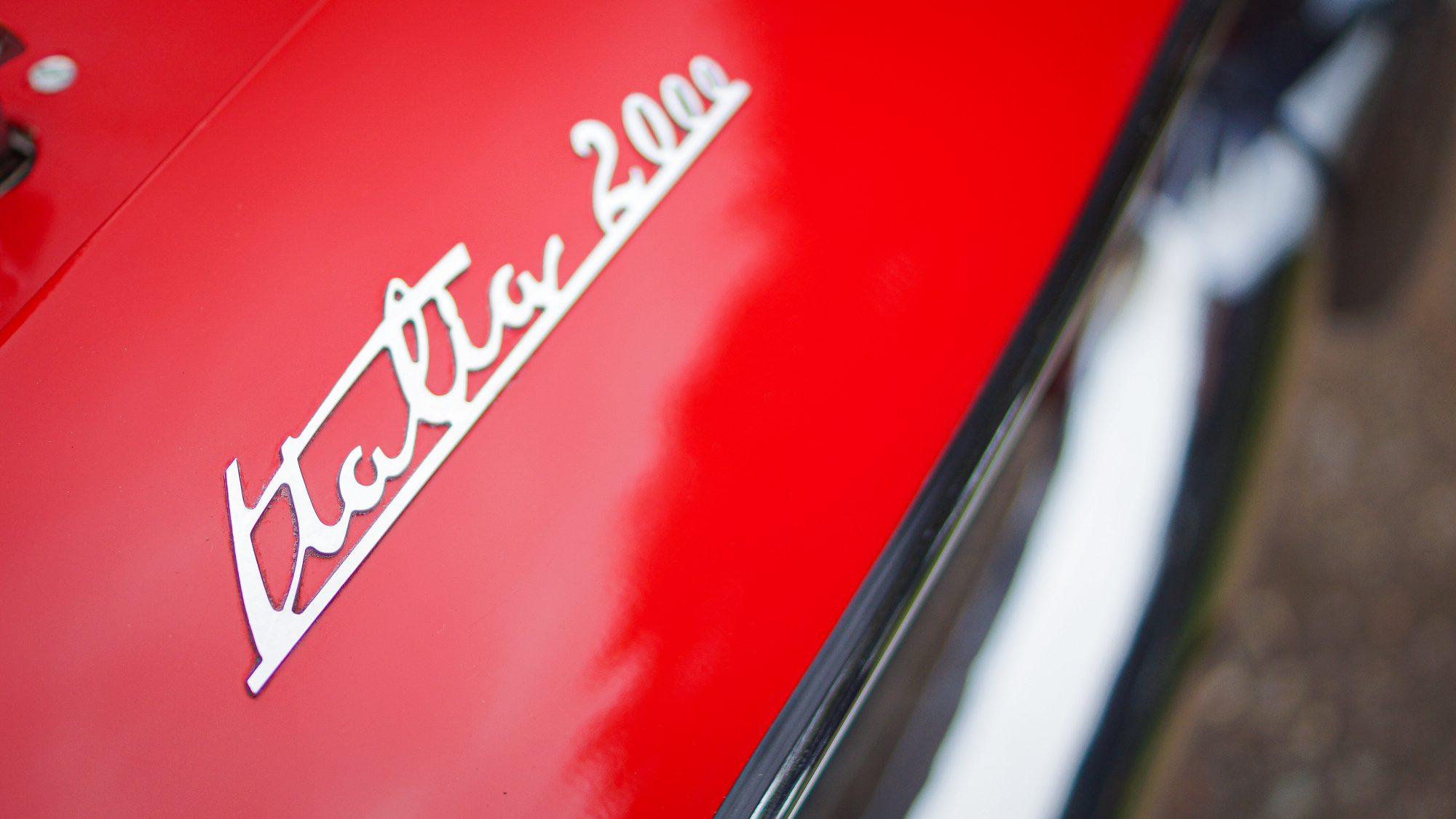
Selling standalone chassis was not an unheard of practise, and given the throw Ruffino had as the Italian link for Triumph, a deal was soon worked out. Ruffino would take 1,000 TR3 chassis from Standard-Triumph and atop them, he would have an Italian body built. The verbal agreement would go on to say that of these 1,000 cars, one would be sold to every Triumph dealer, of which there were 720. On paper it was a great deal. The only problem being it wasn’t, as we said, on paper. You can already tell where this is going, can’t you?
With the deal agreed in principle, Ruffino needed to find someone to design his Italian body. He explored options within the wider carrozzeria, but nothing stuck, not even with Zegato, who Ruffino really wanted. All was not lost though, as a chance meeting paired Ruffino with the young and highly ambitious Giovanni Michelotti. Having already made a name for himself with the likes of Ferrari, Maserati, Alfa Romeo and Standard-Triumph, he was the perfect man for the job. When he was given the brief to create a new coupe body over the TR3 chassis and engine, he delivered a sleek, slope-nosed prototype that look like nothing else. Sadly though, the design played havoc with the aerodynamics and consequently, the handling. As such, he went back to the drawing board and penned the first iteration of what you see here.
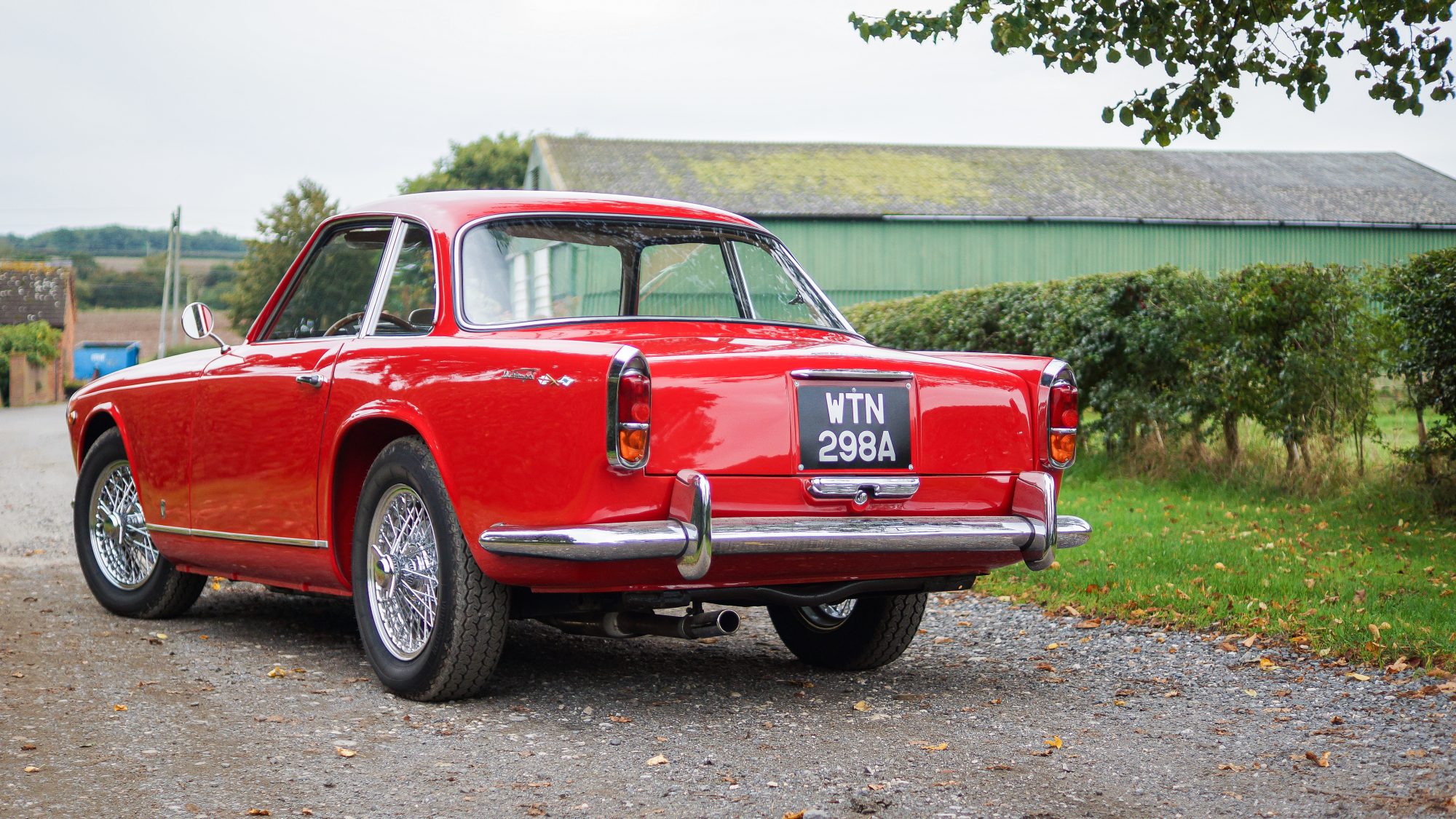
Sadly though, the car’s future was put in doubt. Standard-Triumph was in financial trouble, and as such, was bought out by Leyland Motors in 1961. And that buyout did not bring with it the now regrettably verbal agreement that Ruffino was relying on. There was no obligation stacked against a potential 720 cars. And without that, the future for this car that had now become nothing more than a passion project, was bleak. Or it would have been, had Ruffino not been so determined.
He ordered the chassis as previously agreed, the first thirteen of which were sent directly to renowned Italian coachbuilder, Vignale. Here, the bodies were built from the ground up, the interiors were trimmed and as such, the car was realised. Ruffino had his Italian coupe with British sportscar underpinnings. “Italian bodywork at its best, British tradition in sports car engineering at its finest.”
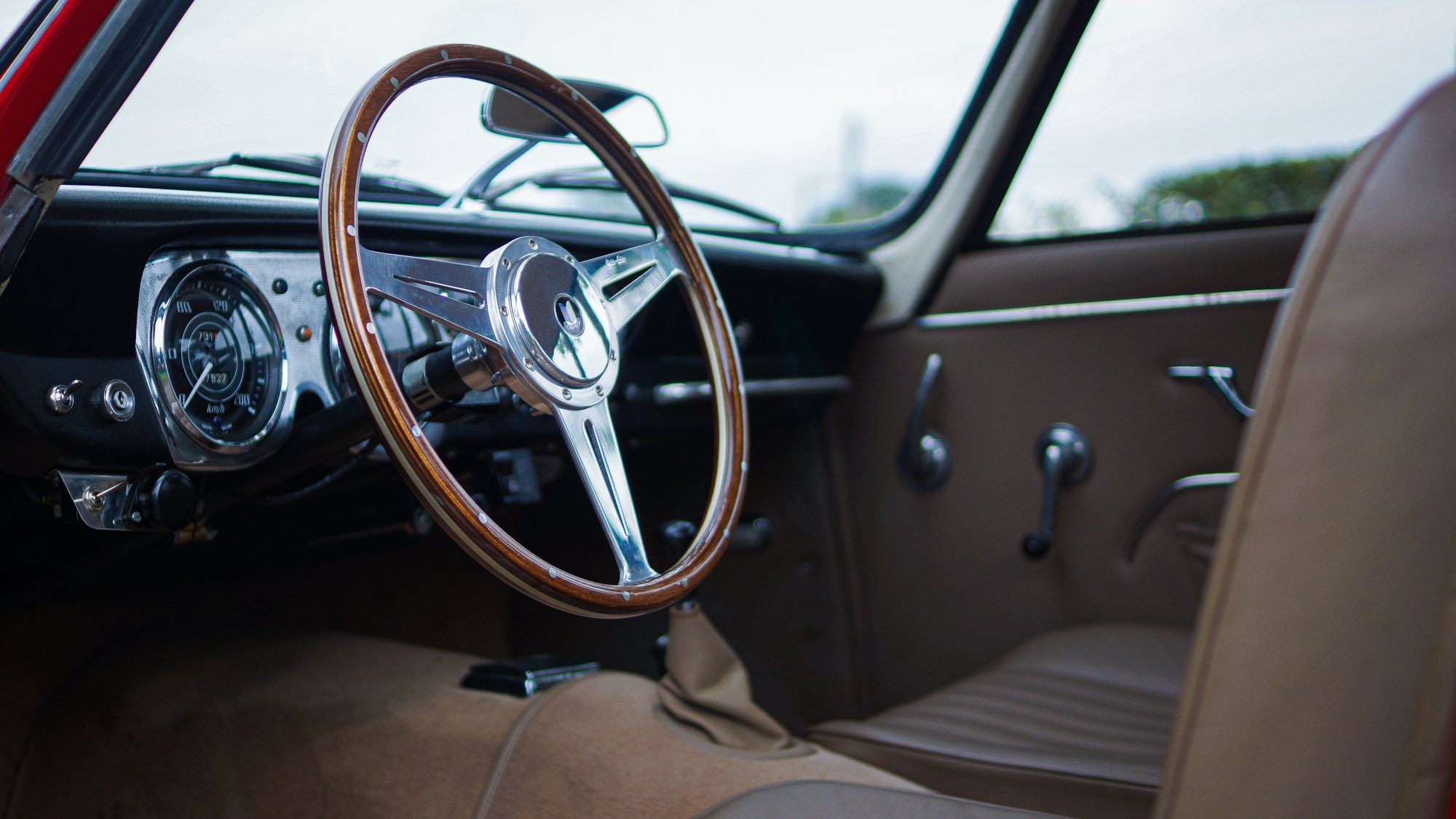
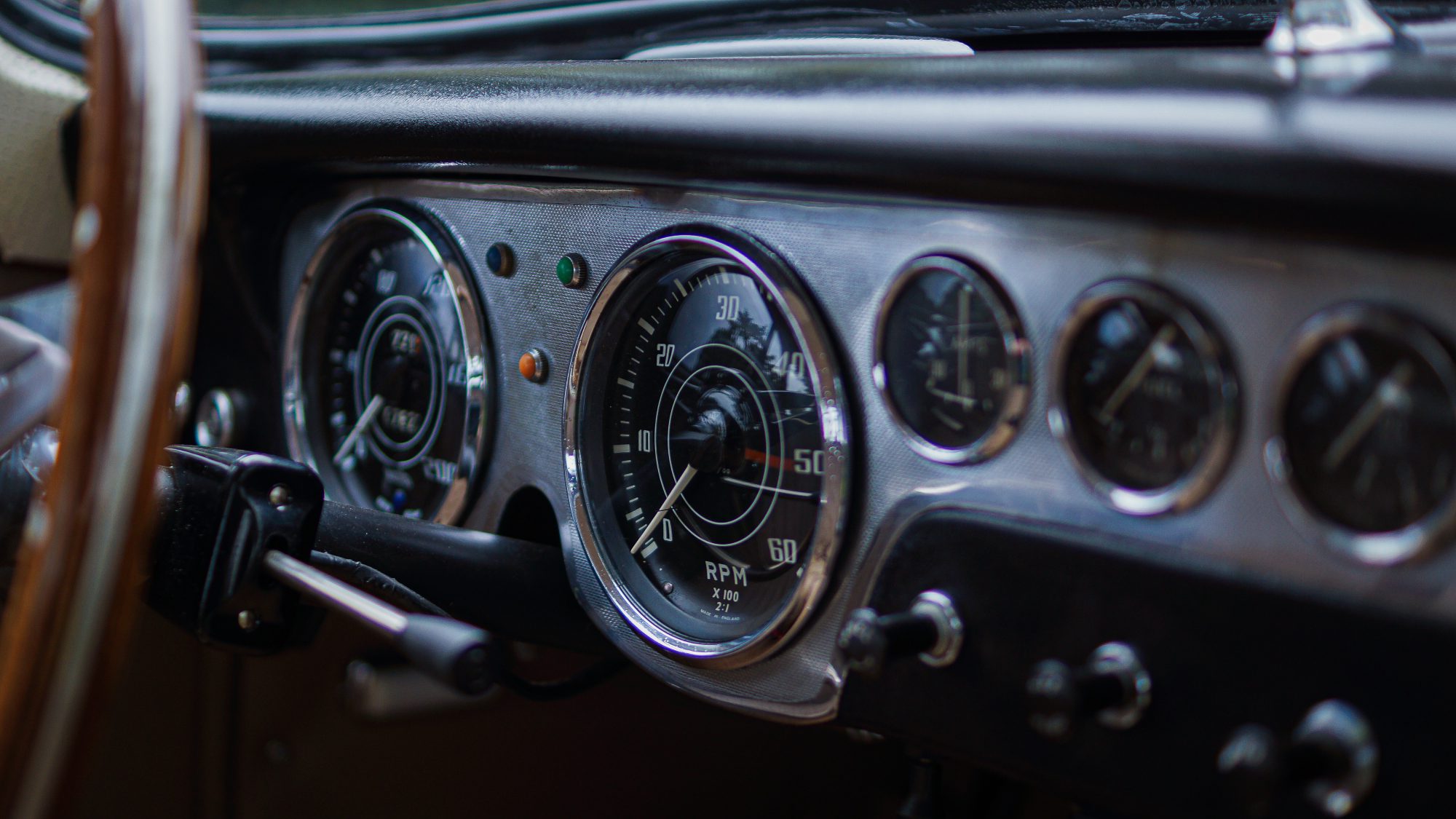
These initial cars were used by Ruffino as machines for shows and for press coverage. They differed from the later ‘production’ cars, in that they featured additional badging to show the Vignale and Michelotti connection. Badged as the Triumph Italia, Ruffino hoped that the new owners of Triumph would show interest and as such, secure the project’s future. Sadly, they did not.
By this point, the project was looking decidedly old hat. The 1,991cc inline-four engine was decent, but not revolutionary. The manual transmission with ‘crash’ first was a pain though, and elsewhere in the motoring world, advancements had been made in terms of handling and performance. Not least by the newly-released TR4 which, in a blow to Ruffino, had been designed by Michelotti and was heavy in features inherited from the Italia. The bonnet bulge, the rear quarters, the body lines especially over the doors – it’s not hard to see why those who have never seen an Italia before err toward thinking it was TR4 based, rather than TR3.
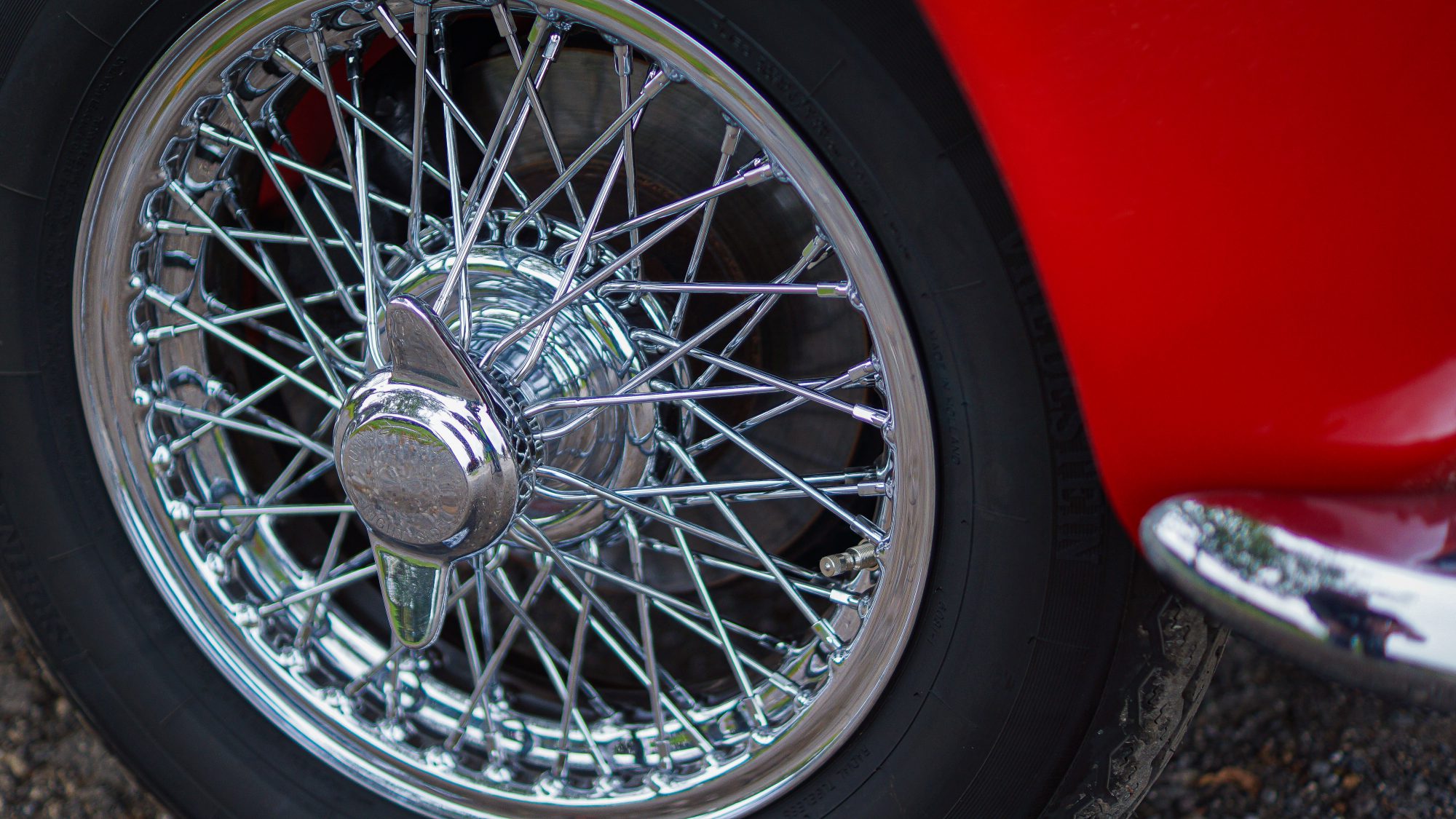
Yet still, Ruffino wouldn’t be defeated. Using a production line rented from Vignale, he carried on with production of his car, now known as the Italia 2000 and badged as such. The chassis came from Triumph, the bodies were built by Vignale and in total, over a two-and-a-half year production run, 299 cars were built and sold through Ruffino S.p.A. after which the production was subjected to a six month halt. After this, a further thirty cars were built, this time on the TR3B chassis, which was TSF specification. However, these cars were ill fated, as Ruffino had by this time relinquished his Standard-Triumph distributorship. The cars sat idle in Italy for eighteen months.
The reality was the cars were hard to sell. An ageing chassis design, a higher price than the more modern and equally stylish TR4, and no support for body repairs for cars not in Europe (owners had to sign a waiver to show they were aware of this – cars in Europe could go back to Ruffino in the event of being damaged). Nobody wanted them. Despite their beauty, the desire simply wasn’t there.
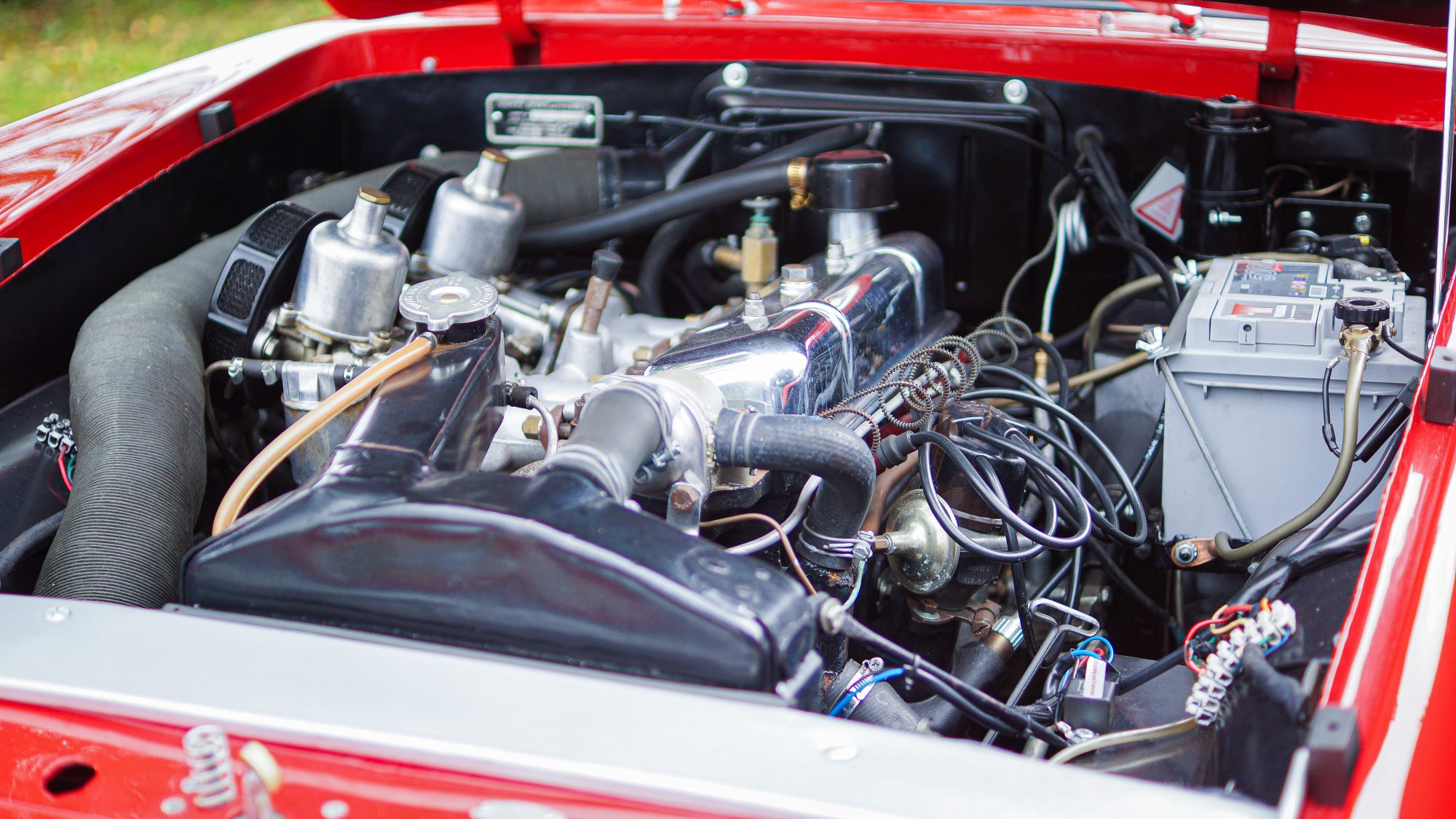
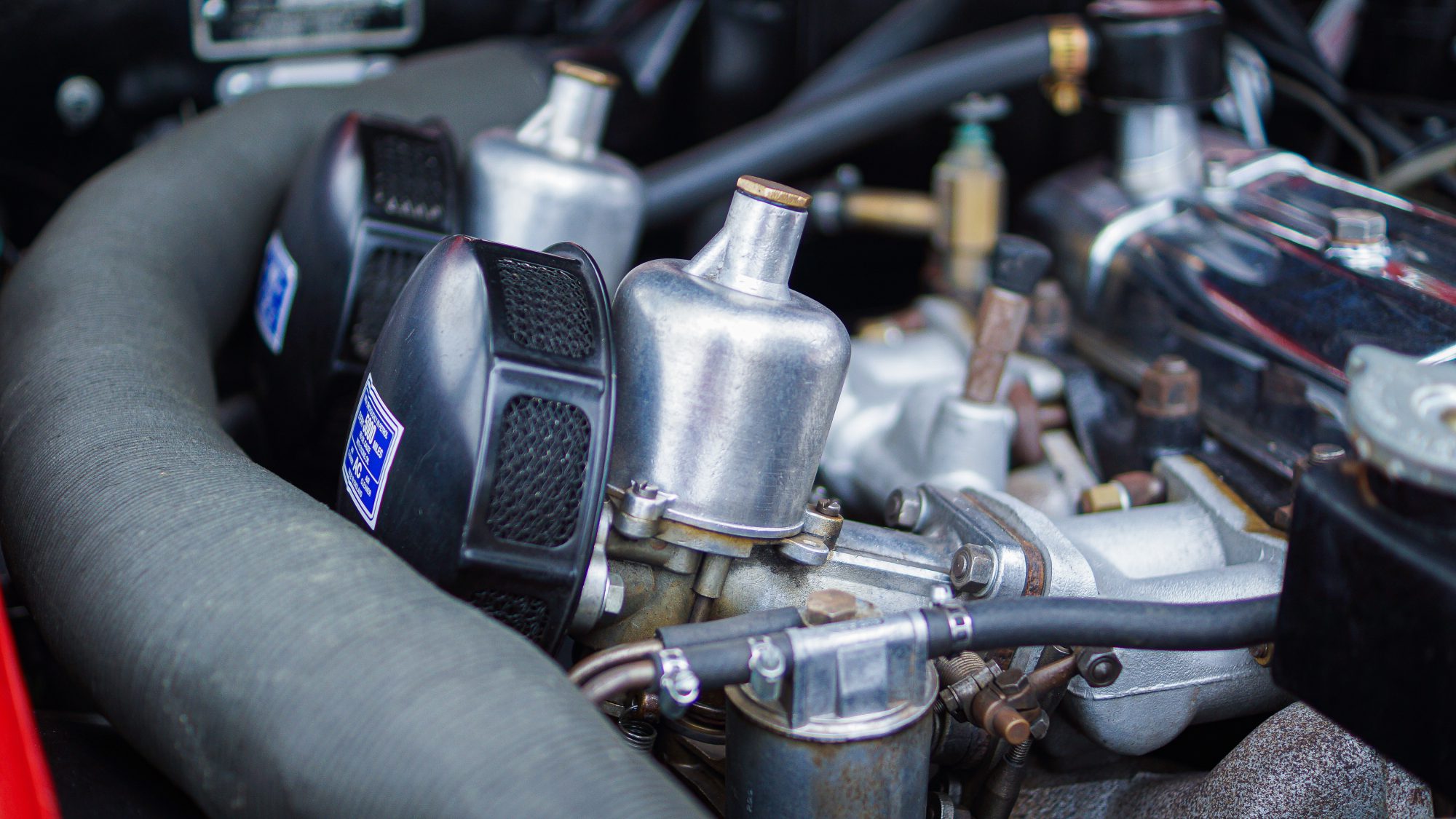
In the end, the final TSF cars were shipped to America. Some were used as company cars for the higher up within Standard-Triumph, some were passed through the dealer network and sold, usually at a considerable loss. Triumph just wanted them gone, and soon enough, they were. It was a venture that had gone so very awry from what was planned.
But, as is the case with any rare car, the years have been kind. And when said rare car is as beautiful as this, the world becomes even kinder. Only half of the Italia 2000s are thought to still exist, and when they do emerge, usually at a concors event at Pebble Beach or similar, the crowds are quick to fawn over them. This is a car that was simply too brave and too beautiful for its time. It lacked the cutting-edge mechanicals of its rivals, but today we forgive it of its ‘crash’ ‘box and stiff chassis, instead seeing it as part of the charm rather than a criticism. We, over half a century later, finally see the Italia 2000 in the same way Ruffino did.
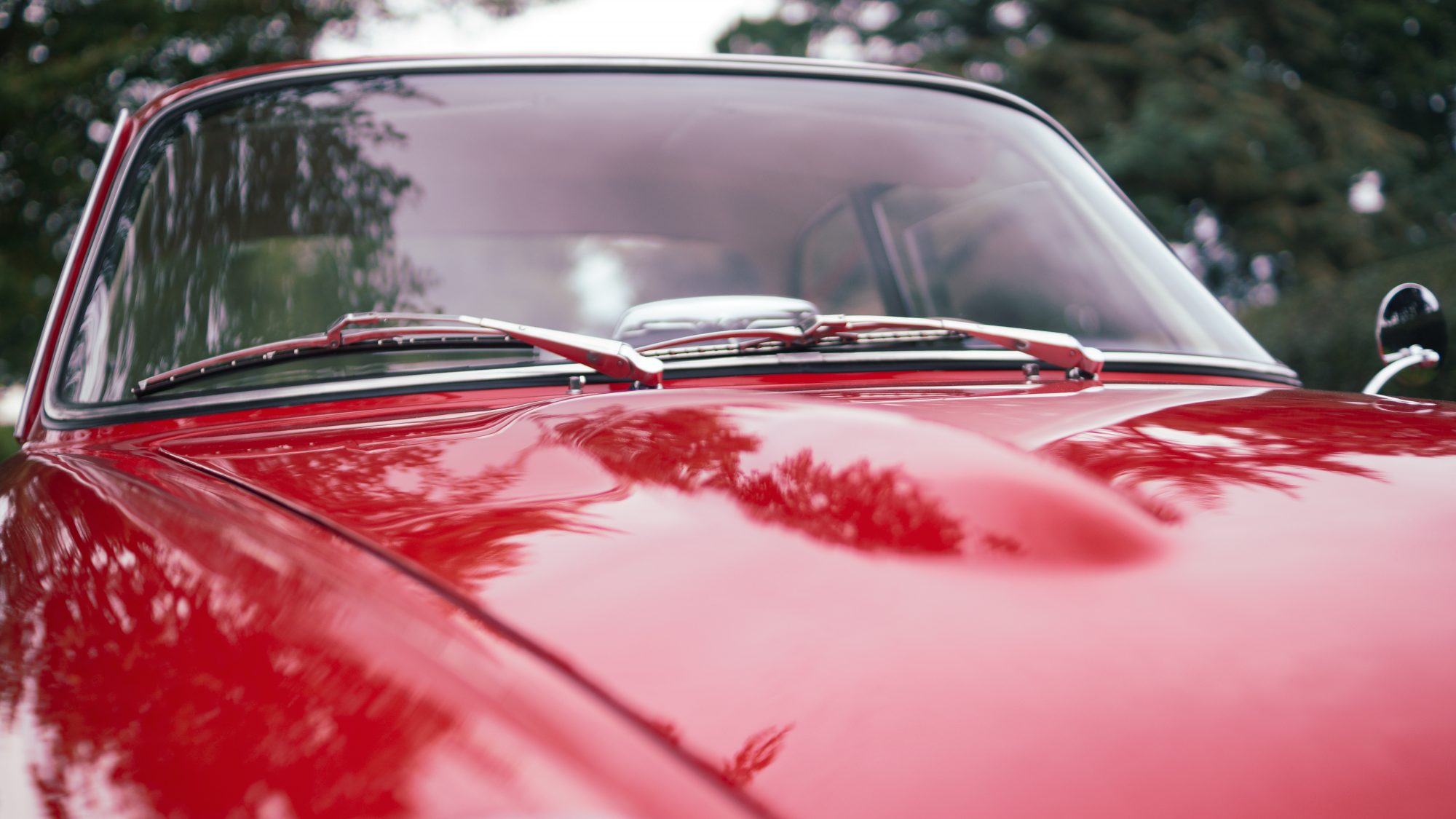
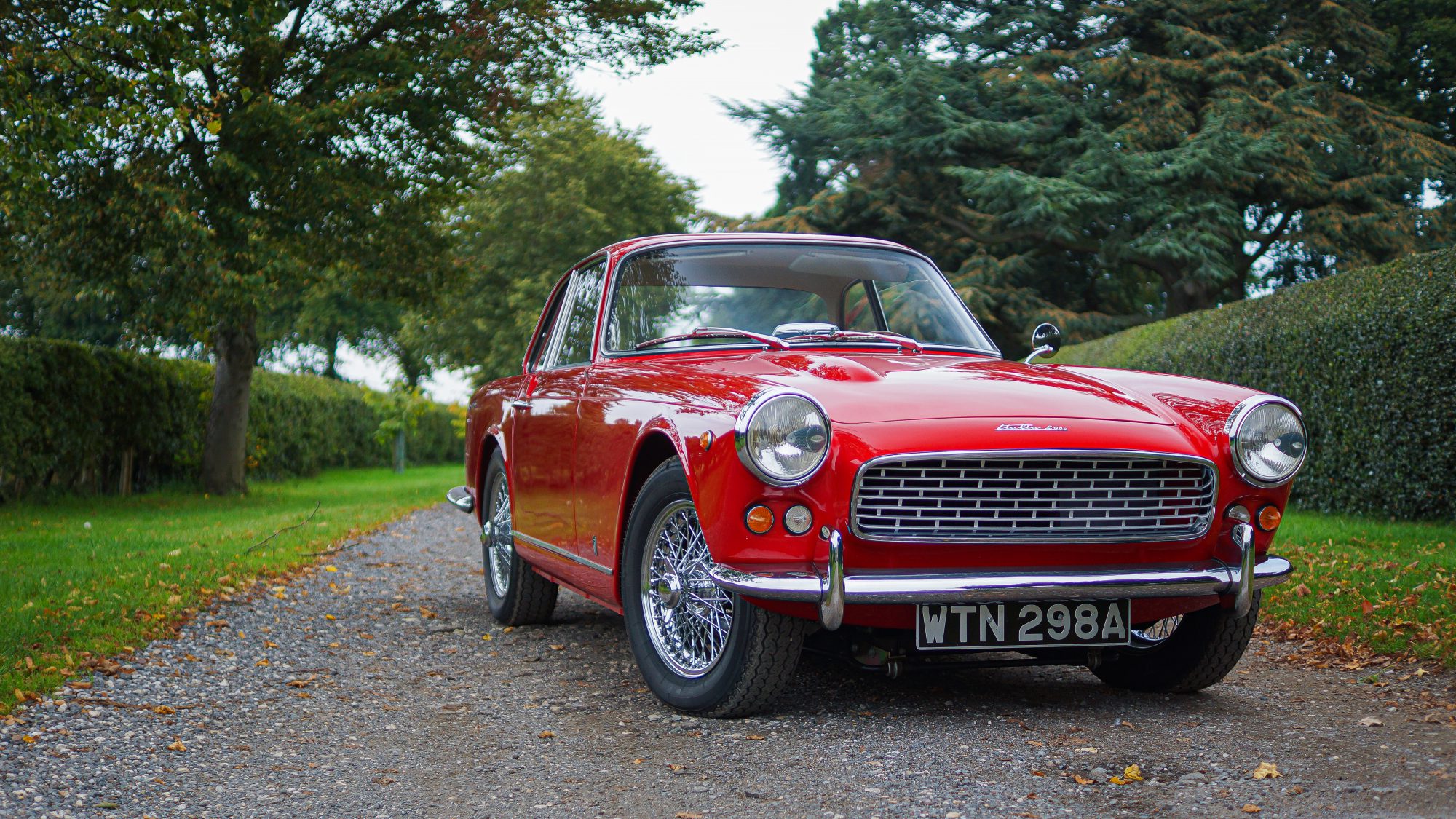
And if you’re in love with the car pictured here as much as we are, we have good news, you can buy it. For sale as part of the Classicwise Collection, this Italia 2000 is chassis number 316, meaning it’s one of those final thirty TSF cars. The cars that perhaps have the most interesting story to tell. Restored to near original condition, this Italia is as beautiful as they come, and deserves to be celebrated well into the future. And when you consider how expensive classics of such a vintage and in such small numbers usually are, £120,000 isn’t a lot. But then, you can’t really put a price on beauty.

